| 展覧会概要 |
CLTとはCross-Laminated Timberの略称で、板を繊維方向が直交するように積層接着した木質系材料です。厚みのある大きな板であり、建築の構造材の他、土木用材、家具などにも使用されています。
CLTは1993 年頃からスイスを発祥に、ヨーロッパ、日本、アジア、北米、オセアニアに広がったもので、さまざまな建築物に利用されています。高層建築が建てられるなど、CLTの利用は近年になり各国で急速な伸びを見せています。特に、木材特有の断熱性と壁式構造の特性をいかした戸建て住宅の他、中層建築物の共同住宅、高齢者福祉施設の居住部分、ホテルの客室などに用いられています。
本展覧会では、CLTという現代最先端の木造建設技術をご紹介します。
※新型コロナウイルス感染症拡大防止のため、会期や開催時間等が変更となる可能性があります。最新の情報は本ページをご確認ください。
- 展覧会名
- CLT―未来をつくる木のイノベーション
- 会期
- 2021年7月24日(土)~9月20日(月・祝)
- 会場
- 竹中大工道具館1Fホール
- 開催時間
- 9:30〜16:30(入館は16:00まで)
- 休館日
- 月曜日(祝日の場合は翌日)
- 入館料
- 大人700円、大・高生500円、中学生以下無料、65歳以上の方500円 (常設展観覧料を含む)
- 主催
- 竹中大工道具館、スイス連邦工科大学チューリッヒ
- 協賛
- 一般社団法人日本CLT協会、株式会社竹中工務店、銘建工業株式会社、ピウス・シューラ、シリガ
- 後援
- 国土交通省、環境省、林野庁、スイス連邦経済・教育・研究省、在日スイス大使館、公益社団法人2025年日本国際博覧会協会
- 協力
- VUILD株式会社、株式会社鳥取CLT
- 監修
- パトリック・フレミング(スイス連邦工科大学チューリッヒ)、腰原 幹雄(東京大学生産技術研究所)
|
| チラシ |
A4サイズ・PDF形式のチラシがダウンロードできます。(約1MB) |
| 図録 |
スイス連邦工科大学図書館より無料でダウンロードできます。(Full Text PDF, 25.77MB)
≫ETH Library https://doi.org/10.3929/ethz-b-000501861 |
| 見どころ |
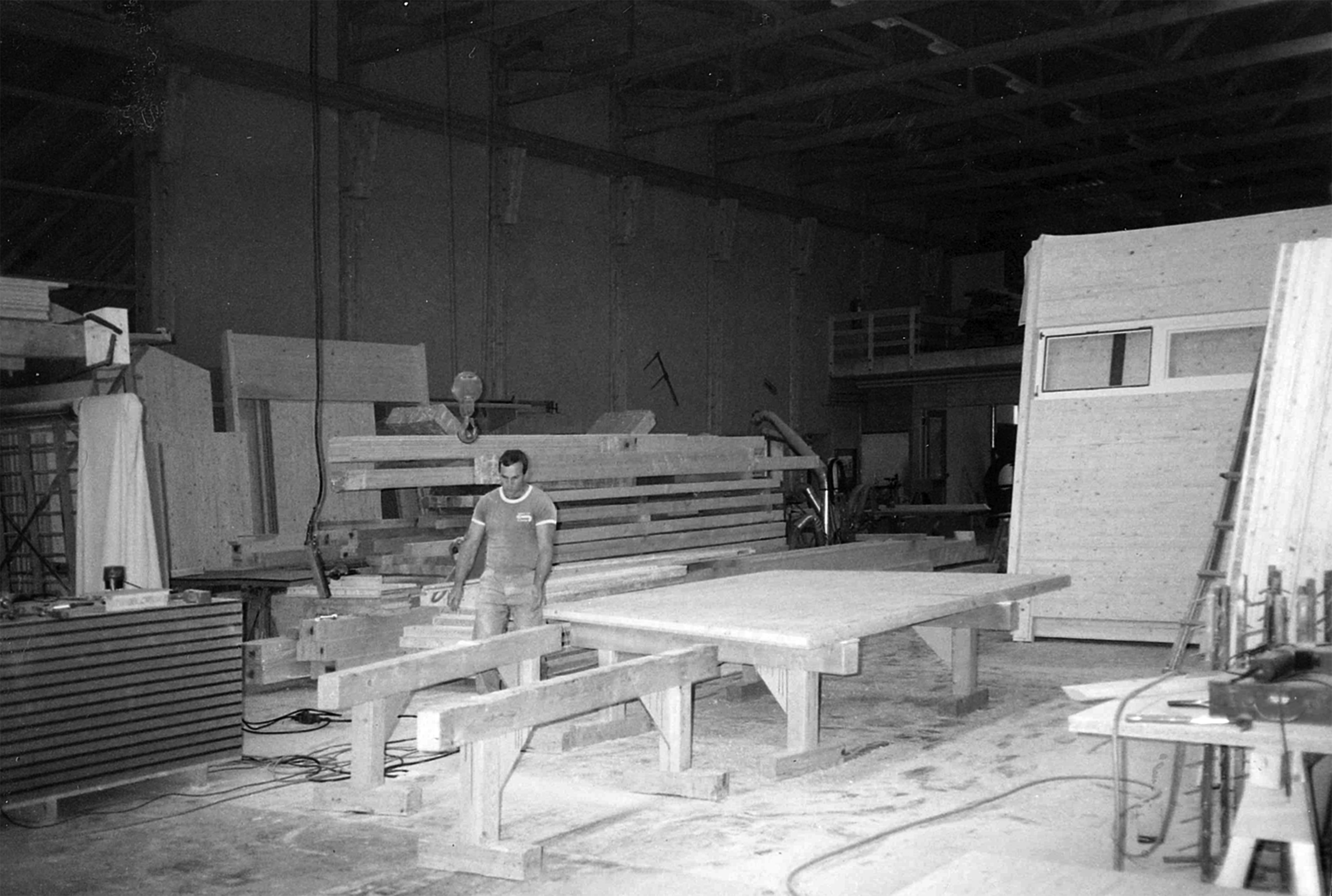 - CLTで考える木と自然
CLTは、もともと森林資源の有効活用として、これまであまり活用できなかった小曲材を使って、大きな断面にすることで建築に利用するものです。つまり断面を大きくすることによって性能を高めて活用するという木質材料なのです。CLTを使うことで、自然環境にも貢献できるのです。
|
| |
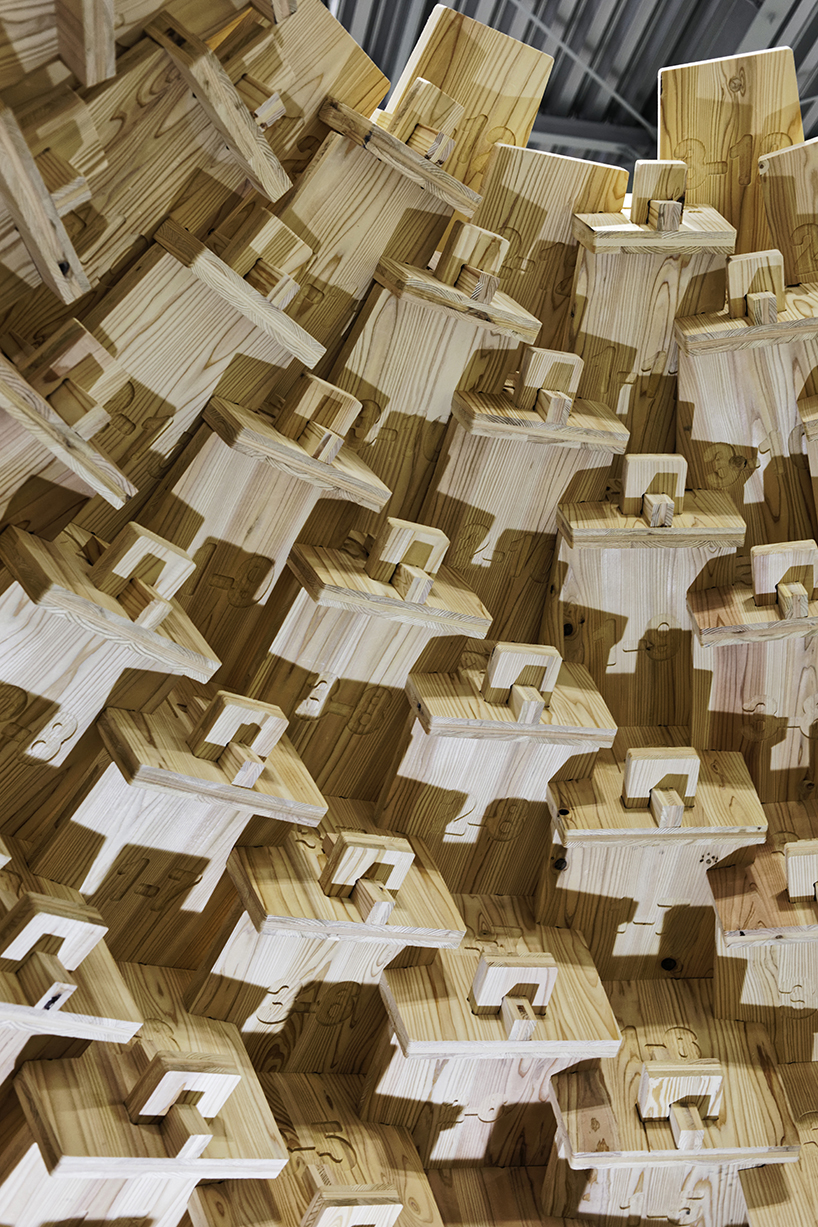 - 木組でつくるCLT
日本では、古来、板を差し合わせて、木と木を組み合わせることでつくりあげる文化がありました。こうした加工は大工の職人技でしたが、最近は機械加工でも、伝統的な継手仕口の加工が可能になってきています。国内最小最薄最軽量である36㎜のCLTを使い、板を組んで製作したパビリオン。ネジなどの鉄材や専用用具を一切使用していません。
写真:CLTパビリオン 撮影:黒部駿人
|
| |
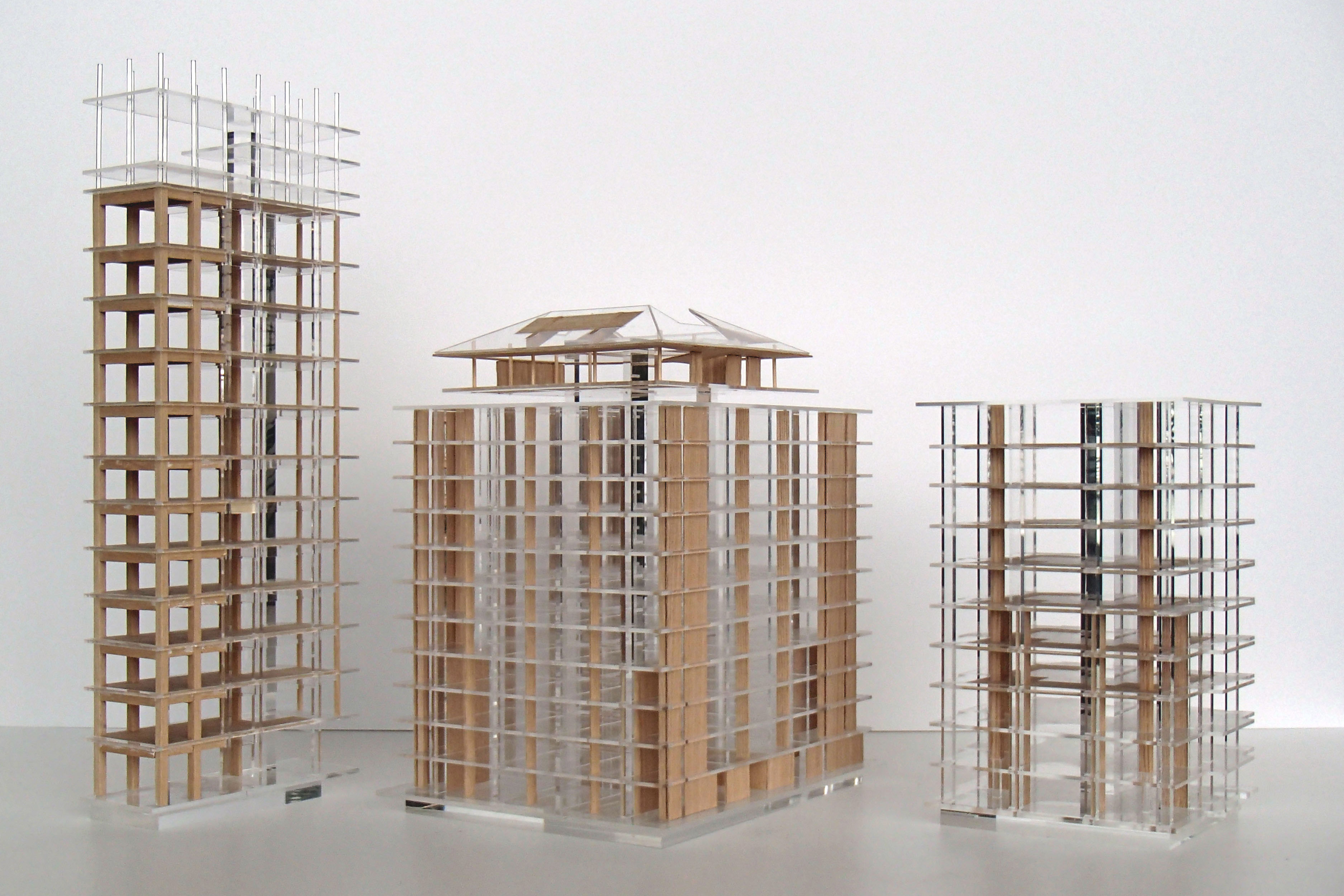 - CLT建築模型展
木造と異種構造のハイブリッドなど、新しい建築構造設計が見どころのCLT建築。模型で見ることが一番理解しやすい方法です。本展では、最初のCLT住宅や日本の各種CLT建築、最新の都市木造の事例の建築模型を展示します。
|
| 展示構成 |
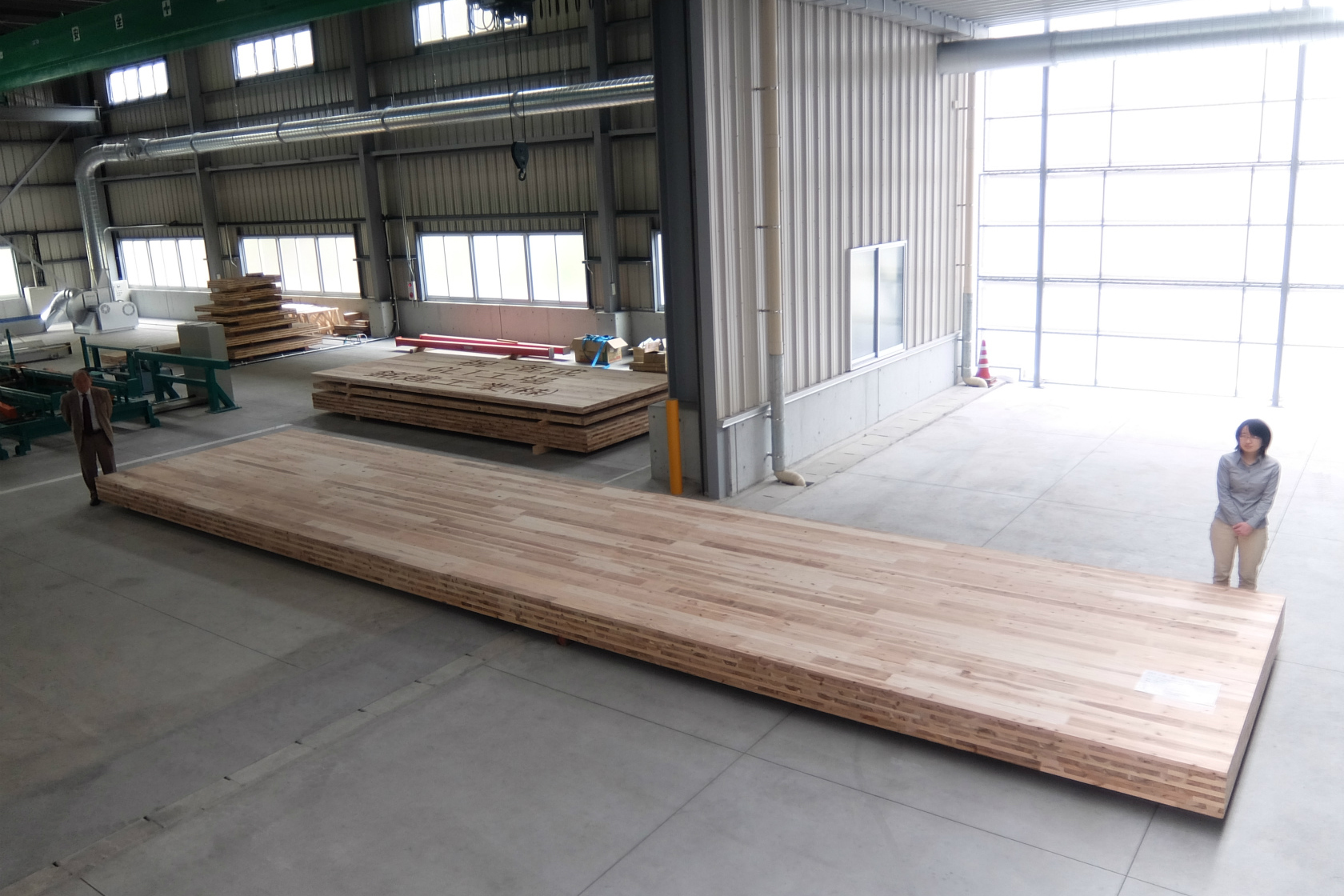 - 1 CLTってなに?
大きくて厚い板は、自然界から入手するには樹齢1000 年以上の樹木が必要です。日本の長い木造建築の歴史の中でも、CLTのような厚板の面材を用いた木造建築は未体験の建物なのです。分かりやすい技術解説とともに、ヨーロッパと日本の違いもサンプルでご覧いただけます。
|
| |
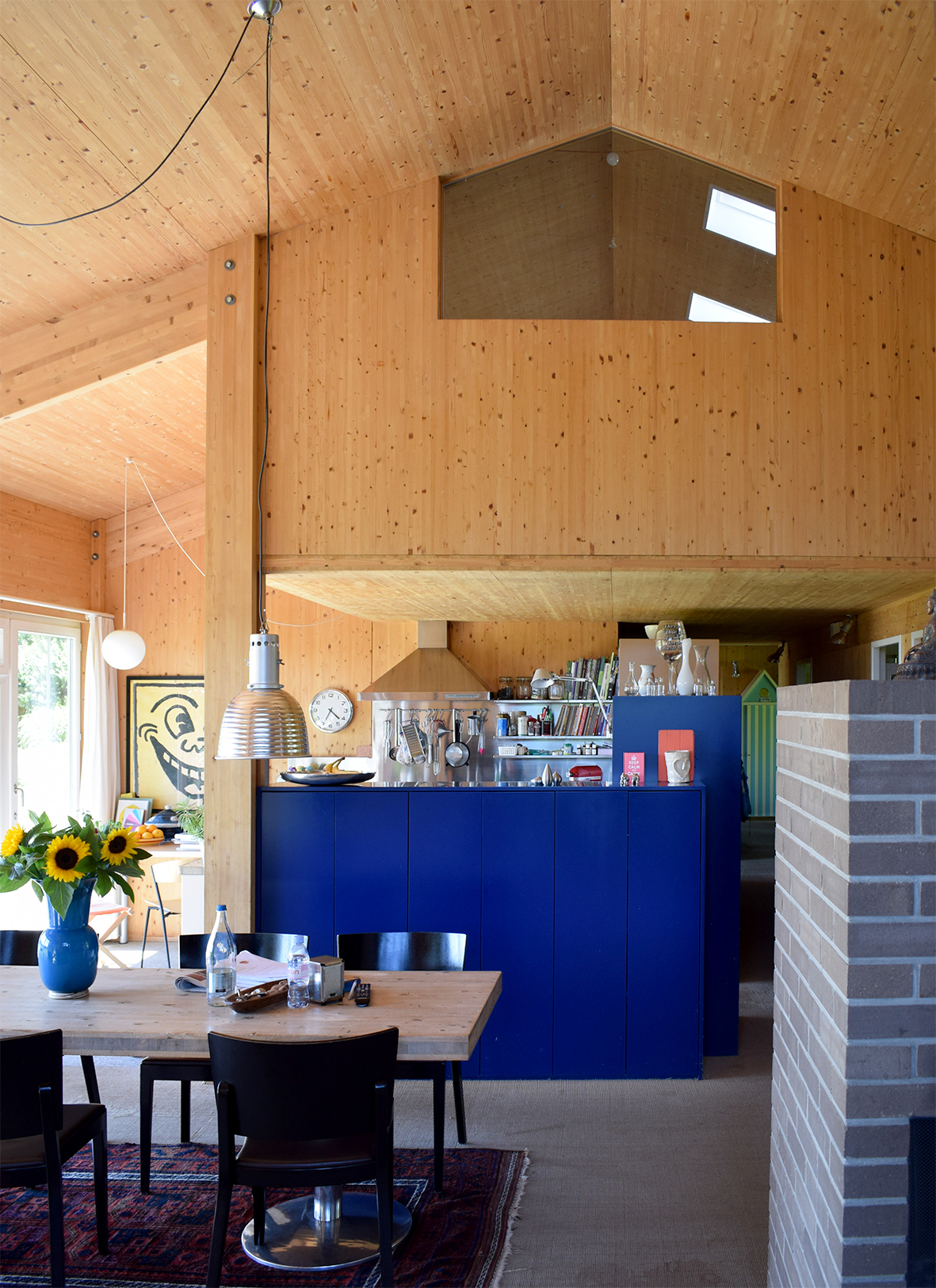 - 2 CLTの来た道~スイスで始まったCLTの開発
オーストリアの開発と紹介されるCLTの技術ですが、実はその数年前からスイスとドイツで始まったものでした。本展ではスイス、ドイツ、オーストリアの初期段階の開発と最初期の住宅建築、そして、その後のグローバルな流れを紹介します。
|
| |
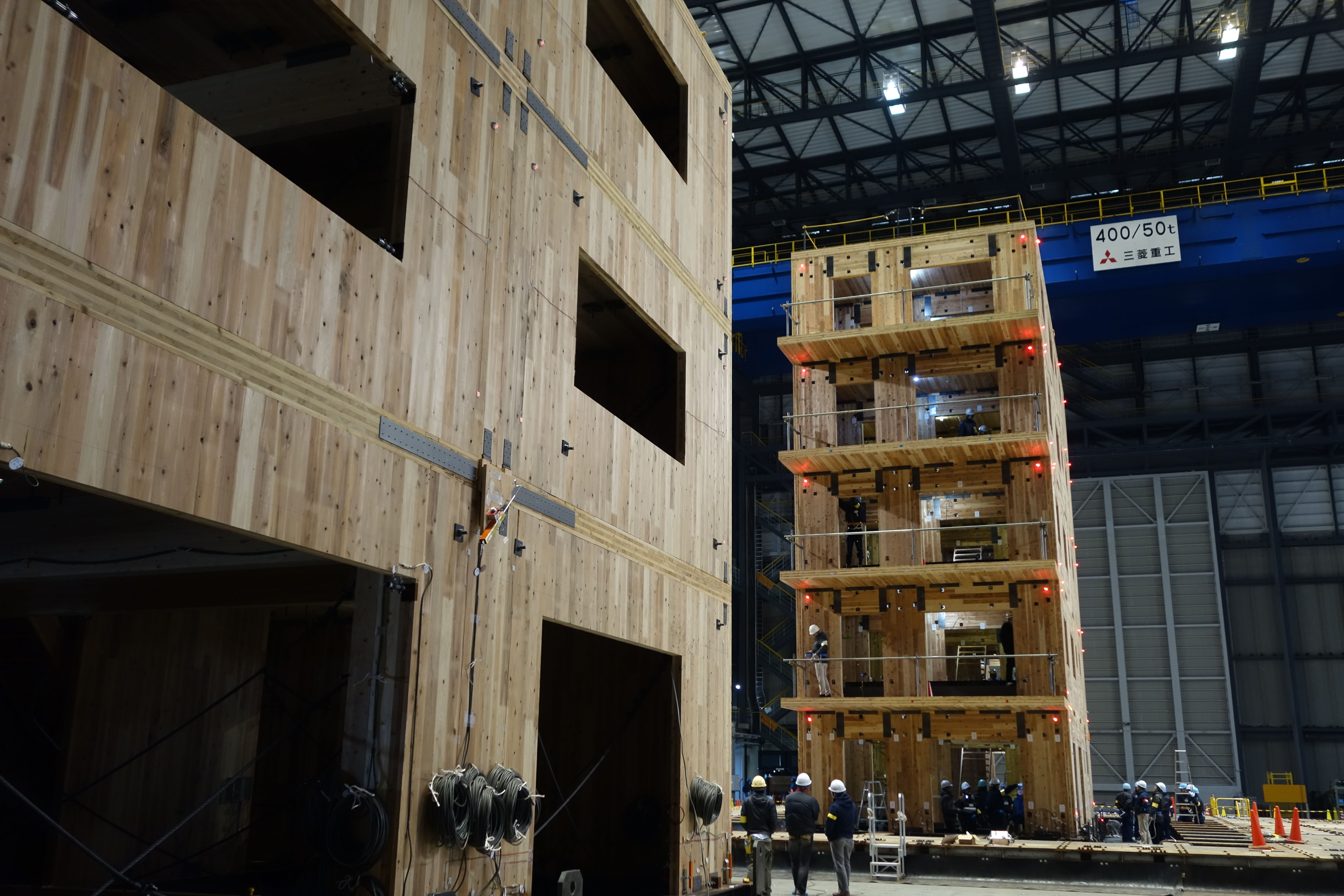 - 3 CLT開発ものがたり~日本のCLT開発を総覧
ヨーロッパから来たCLTですが、日本とは建築をとりまく事情が異なるため、日本の木造文化と融合した独自のCLT建築の流れが生み出されました。その開発の歴史を総覧します。
|
| |
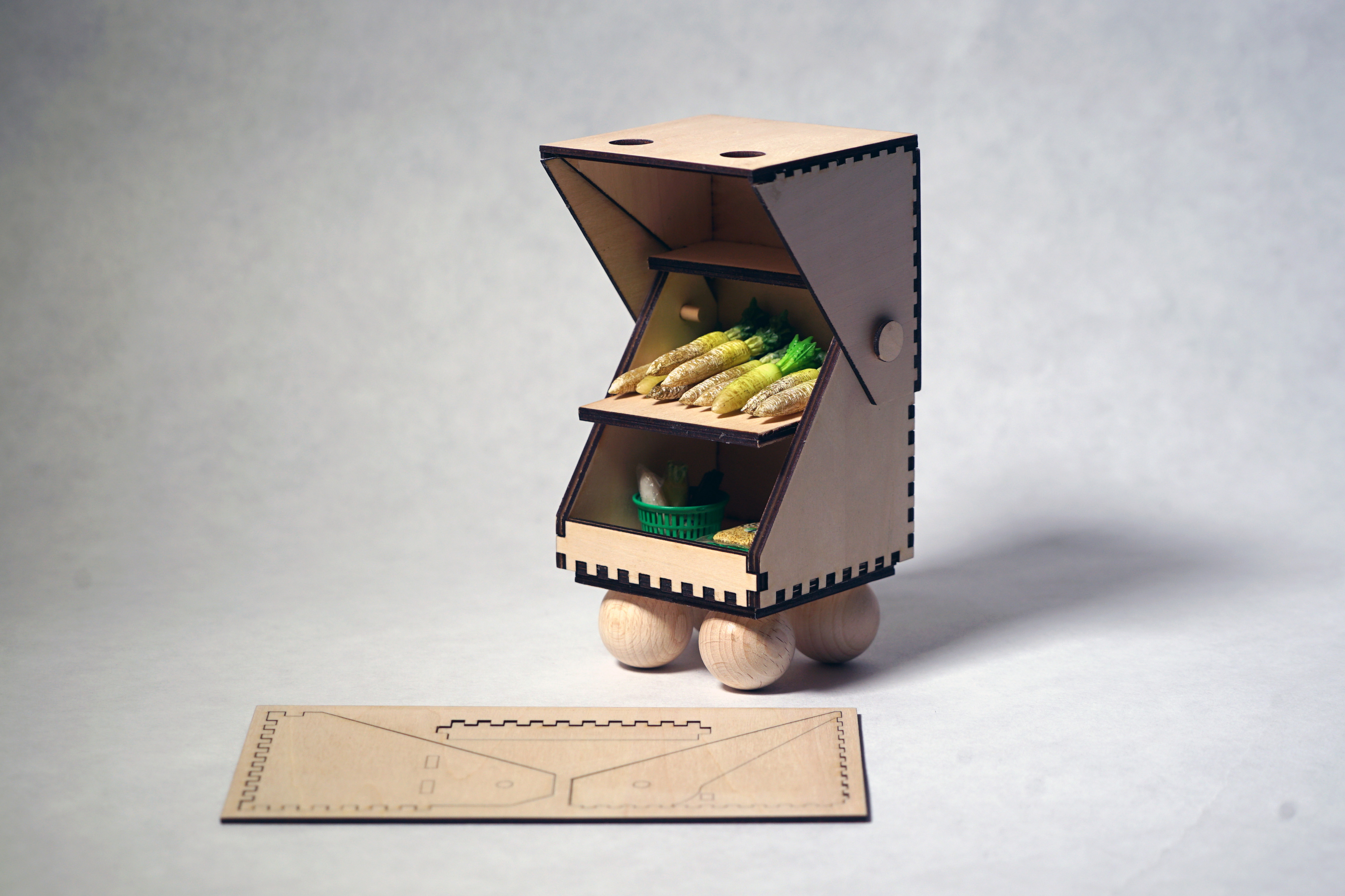 - 4 CLTを楽しもう!~建築だけでないCLTの可能性
CLTは建築だけの技術ではありません。板と板を組み合わせたり、折り紙のように板を折り曲げたりと、これまでの木工にない可能性があります。手に取って遊んだり、わくわくするような展示品をご紹介いたします。
写真:機械加工によるあられ組のCLT 木箱(koyart:野菜無人販売所)
|
| |
 - 5 未来をつくる~CLTの最先端事情
CLTの最新事例を竹中工務店の事例から紹介します。従来の木造建築では難しかった大型化、高層化、不燃化が先端技術によって可能となりました。国産木材を有効に活用し、カーボンニュートラルで持続可能な社会を目指しています。
|
| 会場パノラマ |
*パスワード:tool
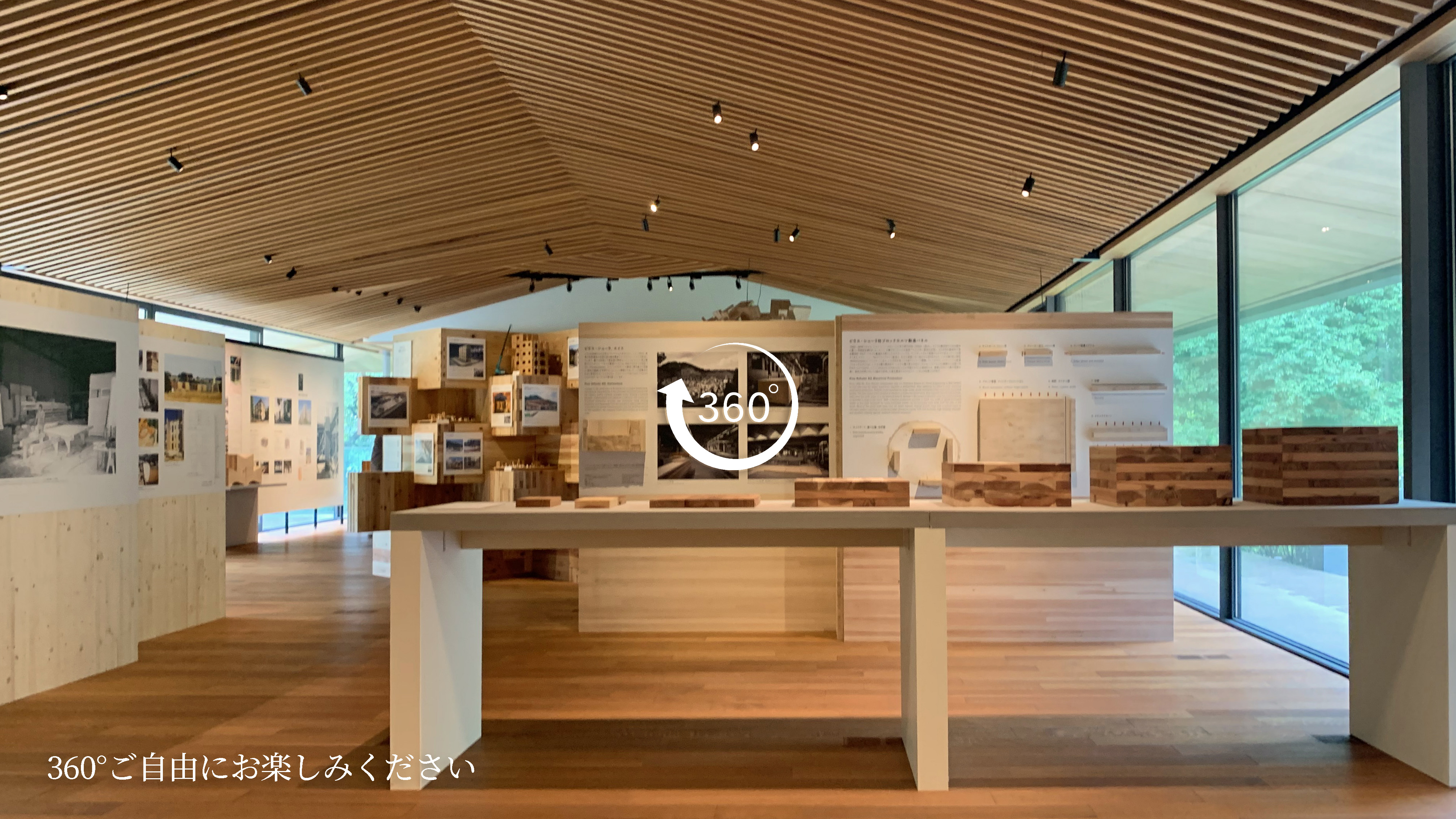 |
|

|










